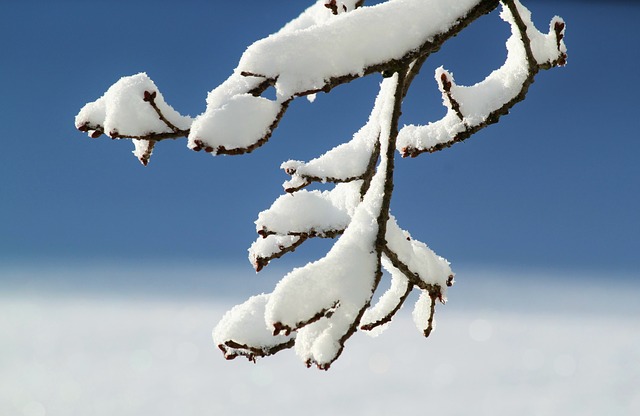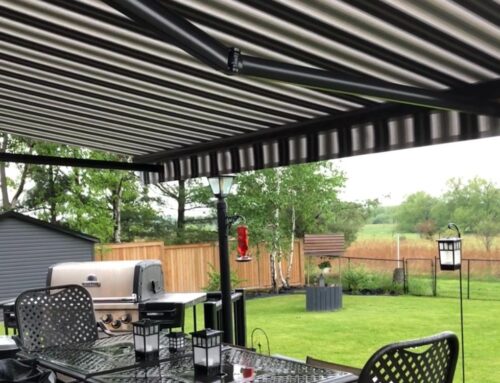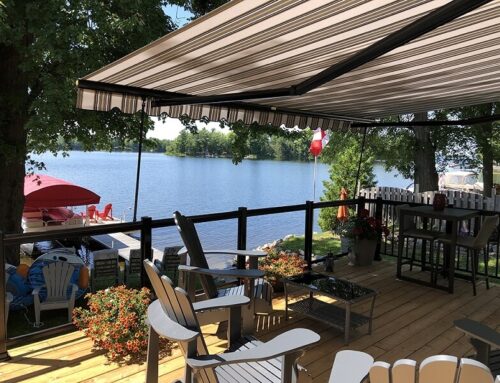How to Winterize Your Awning
Hopefully you’ve got a lot of use out of your awning over the summer months and enjoyed the shade it provided. But as temperatures begin to dip, it’s a good time to think about winterizing your awnings to help them through the colder months. Even though awnings are constructed with sturdy materials which are meant to withstand heavy rain, bright sunlight, and strong winds, they may not fare as well in colder times when ice and freezing temperatures can subject your awnings to even more challenges. Depending on the type of awning you have, you will have to take certain steps to get it ready for the winter.

Give your awnings a visual check
The first step in winterizing your awning is to give it thorough inspection to see how it has held up over the last few months. In that time, the awning could have suffered some damage. Check to make sure that frame, fittings, and fabric are all secure. Have a look at the hardware to ensure nothing is loose, and tighten any parts that need tightening.
If you have a fabric awning, check the fabric for signs of wear, such as small holes or tears in the material. Inspect the stitching for signs of wear, like loose or unraveled thread. If your awning has a valance, it has probably spent most of the summer flapping in the breeze. Check to see if that continuous flapping has caused any evident wear.
Carry out repairs where necessary
If you do notice signs of damage on your awning, take the time to make repairs now, so you won’t have to delay the use of your awning when you’ll really need it in the spring. Setting aside the awning for the winter without making needed repairs can mean you’ll have larger holes to patch and longer tears to sew come next spring. Carrying out simple repairs is also far less costly than possibly needing to spend money on replacement pieces.
Wash away the dirt
The first step in cleaning is to brush off deposits of dirt and debris so they won’t scratch the surface when you do more extensive cleaning. Next, create a solution of warm water and mild soap. Never use harsh cleaning solvents or abrasive products to clean your awning. Test the soapy water on a small, hidden area of the awning to make sure it isn’t reacting unexpectedly to the material. Then proceed to clean the rest of the surface with the solution and a soft cloth. Let the material dry thoroughly before you pack it away.
Dismantle or retract your awning
Many canopies are designed for compact storage and their framework will need to be folded or rolled to make it easy to stow. If the canopy didn’t come with a storage or carrying case, you might want to wrap it in old sheets over the course of the winter to keep it from getting dirty.
In the case of retractable awnings that aren’t going to be removed from the frame, consider using an awning cover to protect it from the winter elements. These covers envelope the whole awning installation to protect it and help keep it free of mildew and moss.
Overall if you have kept good care of your awnings over the course of the year and the weather hasn’t been too harsh on them, your awning should last a long, long time. Unfortunately, awnings, like everything else, can be purchased from a low quality supplier and installed cheaply by an inexperienced company. Here at Jans Awnings & Rollshutters we’ve seen this all too many times and we’ve been called in to install our higher quality awnings as they always bring a higher level of satisfaction. Contact Us to find out more about the awnings we can install for your home.





